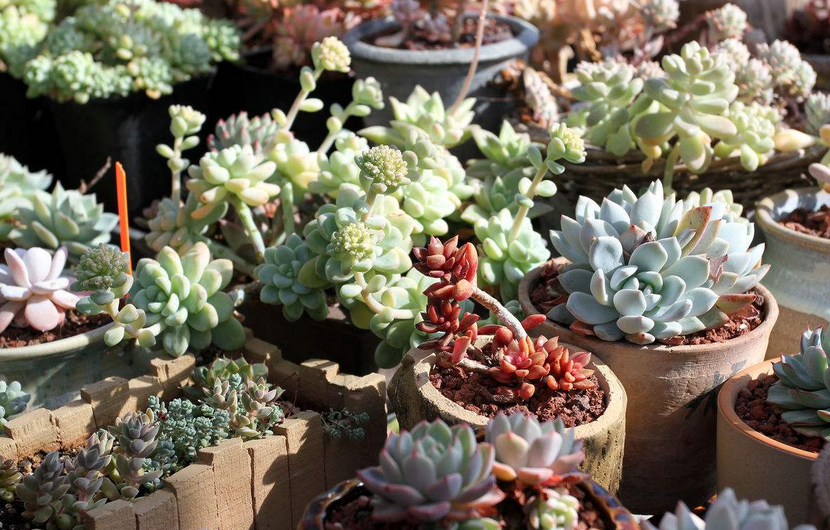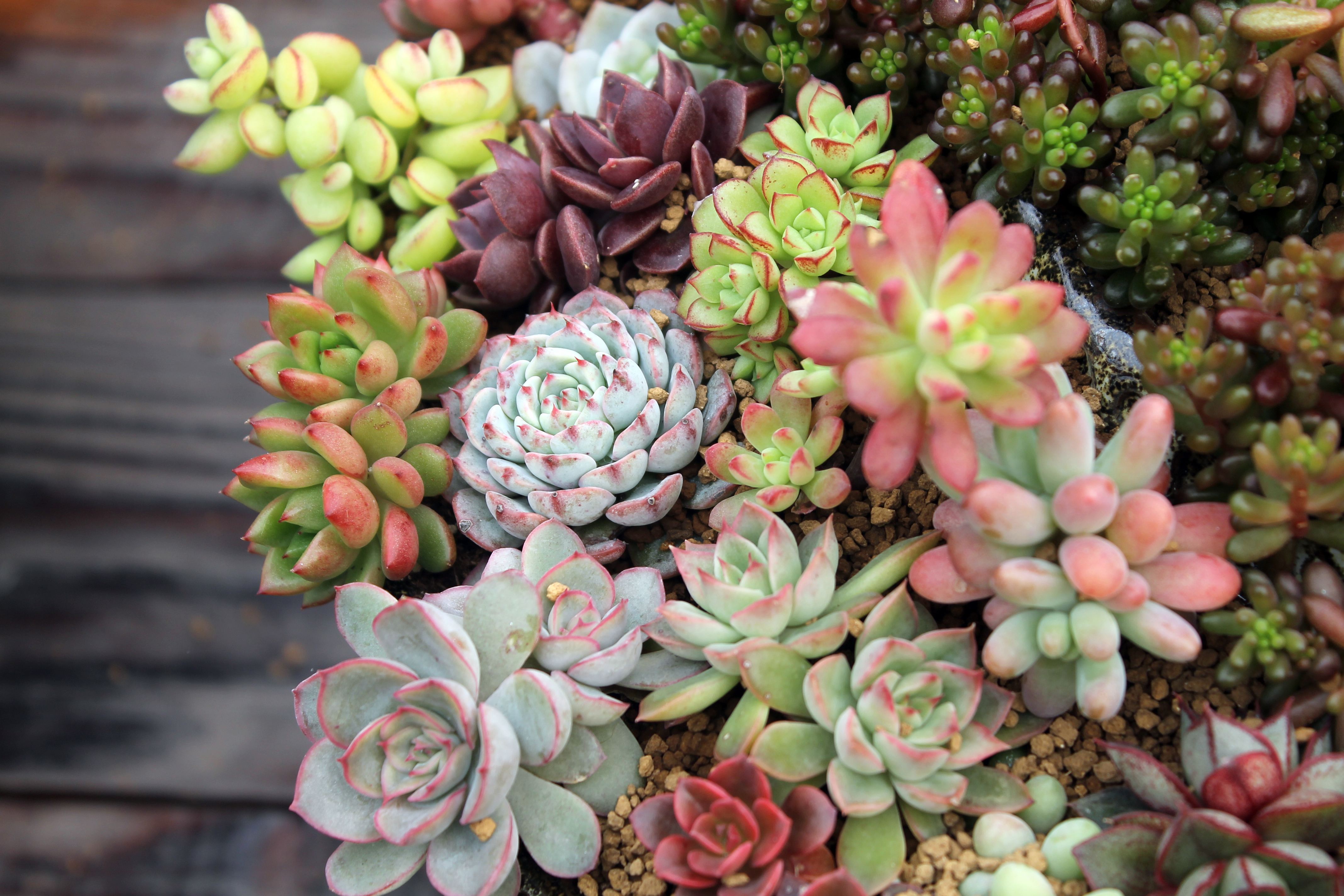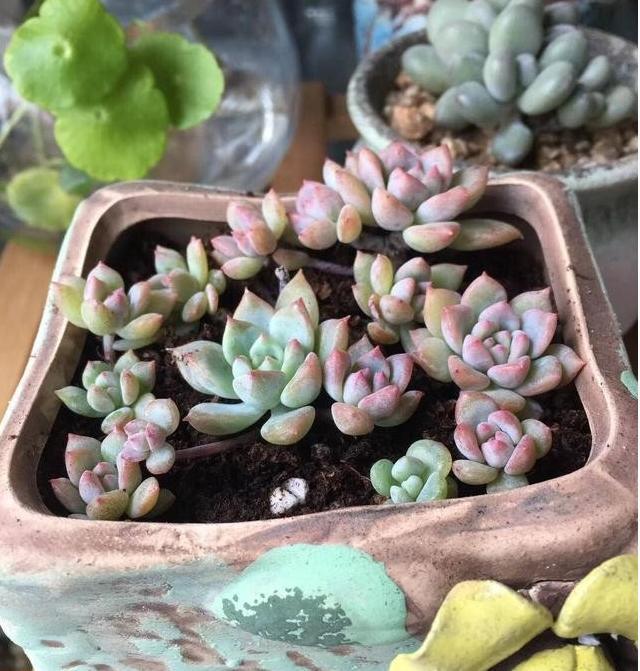Why Do Plants Need To Fill In The Light? The Various Factors That Plants Need To Grow
Writer:Jane Time:2018-06-11 Browse:91
All kinds of plants to survive in the unique geographic environment, including sunlight, temperature, altitude and soil, they live in hundreds of millions of years of natural environment evolution formed the unique blooms response strategy, that is limiting the flowering season in an appropriate time, to ensure that their offspring to growth and development, it is the plant of photoperiodism. In the course of natural selection and evolution, most plants gradually adapt to the rhythm of natural light environment, forming obvious seasonality of optimal reproduction. Studies have shown that photoperiod is an important environmental factor for inducing plant flowering. The regularity of plant reproduction performance is summarized and analyzed in order to improve the output efficiency of facility agriculture and promote the healthy development of agricultural planting industry.
An introduction to the problems related to light in plant growth
Photoperiod is an important inducer of plant flowering. In this paper, through the analysis of plant flowering photoperiodic physiological way, summarizes the cycle of light in the application of plant flowering, points out the applications to consider the influence of environmental factors, and other facilities for flower planting efficient agricultural development provides the beneficial train of thought, also for the LED manufacturer production plant growth lamp and provide a scientific basis for control design.

Photoperiod physiological pathway of plant flowering
The plant leaves sense photoperiodic signals that direct this flowering stimulus to the growth point at the tip of the stem. Photosensitin and cryptochrome are involved in this pathway as photoreceptors and control flowering through gene expression to form flower organs. Higher plants have at least three types of photoreceptors: photosensitive pigments that sense red and far-red light, and cryptochrome and photochemotaxin that absorb ultraviolet (UV-A) and blue light.
Types of photoperiodic responses in plants
The transformation from vegetative growth to vegetative and reproductive growth is a major transition in plant life, and its importance is for the continuation of plant species. In 1920, W.W. Gardner and H.A.Allard proposed the idea that plants themselves can measure the length of sunlight and thus perceive seasons, a phenomenon now known as photoperiod.
During a certain period of development, plants can be classified into long-dayplant (LDP), short-dayplant (SDP) and day-neutralplant (DNP) according to their response types to the length of sunlight. LDPs are plants that must be in sunlight for more than a certain number of hours per day and have a certain number of days before they bloom. Such as winter wheat, barley, rape, sky fairy, osmanthus and sugar beet, and the longer the light time, the earlier the flowering. SDP is a plant that must have less than a certain number of hours of light per day in order to flower. If shorten the light appropriately, can blossom in advance, but extend the light, then delay flowering or can not blossom. Such as rice, cotton, soybean, tobacco, begonia, chrysanthemum, petunia and xanthium, etc. DNP refers to plants that bloom in any type of sunlight, such as tomatoes, cucumbers, Chinese roses, and clippies.
Key problems in the application of photoperiod regulation in plant flowering
1. Critical day length of plants
Plant critical day length refers to the longest sunshine that short-day plants can tolerate or the shortest sunshine that is necessary to induce long-day plants to flower in the diurnal cycle. For LDPs, the day grows longer than the critical day length, and flowers can be produced even in 24 hours. However, for SDP, the day length must be less than the critical day length in order to flower, while too short will not flower. The Institute of Semiconductors of the Chinese Academy of Sciences and Baoding Dazheng Company should fully consider the chrysanthemum as SDP factor in the project of Beijing Huitian Agricultural Cooperative to supplement the light of edible chrysanthemum.
2. Artificial control of flowering key and photoperiod of plants
SDP flowering is determined by the length of the dark period, not by the length of the light. The length of sunshine required for LDP flowering is not always longer than that required for SDP flowering.
Knowing the key to flowering and photoperiod response types of plants, we can extend or shorten the length of sunshine in greenhouse, control the flowering period, and solve the problem of flowering period. Extend illumination artificially can accelerate long sunshine plant to blossom, shorten illumination appropriately, can make short sunshine plant to blossom in advance. If you intend to delay flowering or no flowering, you can set the operation in reverse. If plants with long days are grown in the tropics, they will not flower because of insufficient light, just as plants with short days will not flower because of too much light in temperate and frigid regions.
3. Introduction and breeding
Artificial control of plant photoperiod is very important for plant introduction and breeding. For SDP, the introduction of northern seeds into the south requires early flowering and late maturing varieties. The same south species to the north, the need for early maturing varieties; For LDP, early maturing varieties are needed to delay flowering when the northern seeds are introduced into the south. Similarly south species north, need late - ripening varieties. For instance belong to Malvaceae hibiscus rose eggplant is SDP, if the south is planted north move, nutritional growth period is extended. Now bud, flowering, seed-setting period lag, easy to be hurt by early frost, then you should know the need for shade processing.
4. Flowering induction of red and far-red light
Photosensitin mainly receives red (PR) and far-red (PFR) signals, and affects the floral induction of plants. Floral effect is not determined by the absolute amount of Pr and PFR, but by the PFR/PFR ratio. SDP flowered at a low PFR/PR ratio, while the formation of the stimulus of LDP flowered at a relatively high PFR/PR ratio. If the dark period is interrupted by red light, the ratio of PFR /Pr increases and the flowering of SDP is inhibited. The requirement of PFR /Pr ratio of LDP is not as strict as that of SDP, but long enough illumination time, relatively high irradiance and far red light are essential for inducing the flowering of LDP.
Discussion of plant growth problems
1. Vernalization and temperature environmental factors
The process by which cold temperatures induce flowering in plants is called vernalization. Vernalization plays an important role in floral induction as does photoperiod. After low temperature treatment of seed germination or plant growth, the content of gibberellin in the body increases, which is a problem to be considered when applying photoperiod treatment to flower formation.
In photoperiod phenomenon, in addition to the dominant factor of day length, other environmental factors such as temperature also affect the floral induction of plants. Lowering the night temperature can induce the flowering of LDP under shorter sunshine and SDP under longer sunshine. For example, beet usually flowers under long sunshine, but at a low night temperature of 10-18 ℃, 8h sunshine can also flower, petunia is short diurnal at 21 ~ 23℃, but at a low temperature of 13℃, it shows long diurnal.
2. Photoperiodic induction
When a plant reaches a certain physiological age, after sufficient days of suitable photoperiod treatment, it can still maintain this stimulating effect and bloom even in the unsuitable photoperiod.
3. The relationship between geographical environment and photoperiod
Short-day plants are mostly native to tropical and subtropical regions with short sunshine time, while long-day plants are mostly native to temperate and frigid regions. Our country is located in the northern hemisphere, most of which belongs to the middle latitude region. In the middle latitudes, there are long sunshine conditions in spring and short sunshine conditions in autumn, so both LDP and SDP are distributed, and the length of sunshine in different latitudes varies seasonally.
LED lamps and control system function
Photoperiod control is the light and dark state within a day range, which can be manually set and changed automatically. LED control technology has been originally a single constant current control, developed to the present SCR dimming, PWM dimming, DMX512, DALI, ZigBee and other protocol dimming. The control mode has also developed from the earliest wire control technology to IR, FR, Wi-Fi short-range wireless control. The controller adopts embedded structure, which can monitor the light parameters in real time, and communicate the data with the remote server through the Internet. The system can conveniently control the light and dark time.
Conclusion
Photoperiodic control features environmental safety, low cost and labor-saving LED lighting, and is easy to operate in agricultural Settings. Therefore, reasonable and effective utilization cycle can break the seasonal restriction of factory plant cultivation to a certain extent, and realize the stimulation or inhibition of off-season, so as to achieve the purpose of efficient agricultural production. With the continuous development of science and technology, the understanding of photoperiodic phenomenon is bound to be more profound. The application of photoperiod regulation to plant flowering and reproduction in the factory planting industry will promote the steady and rapid development of facility agriculture and LED plant lighting application industry.


